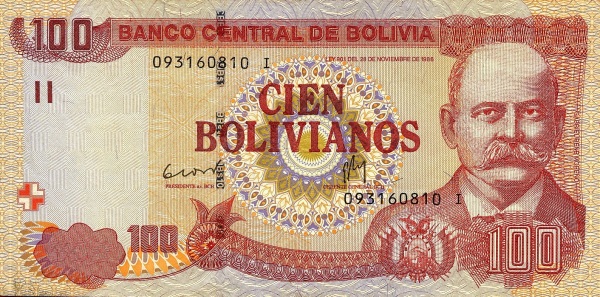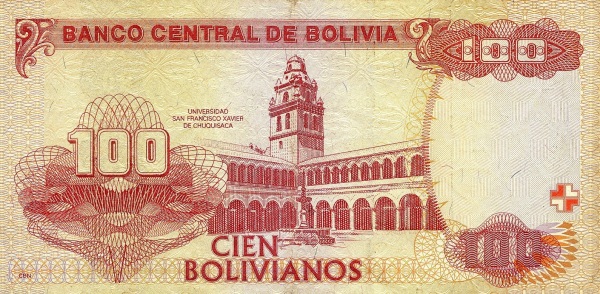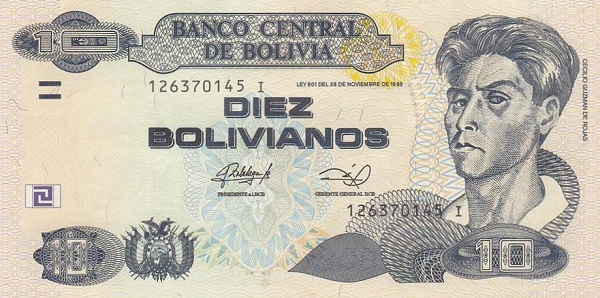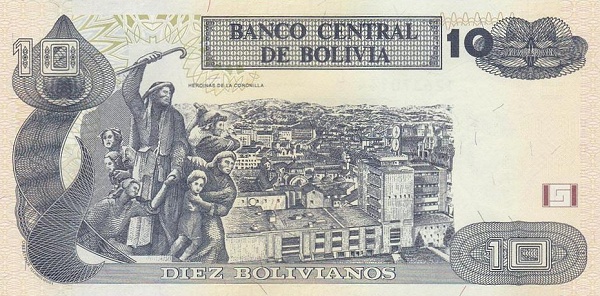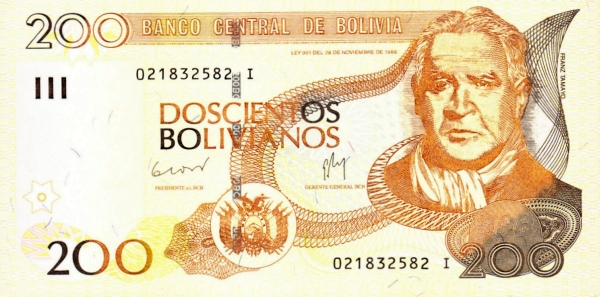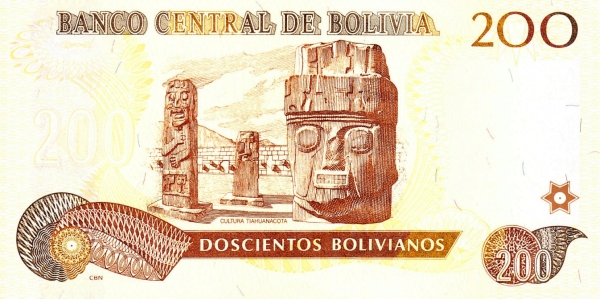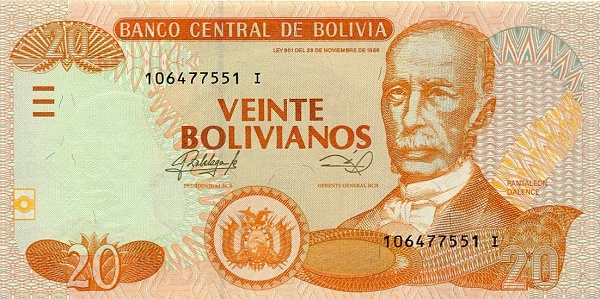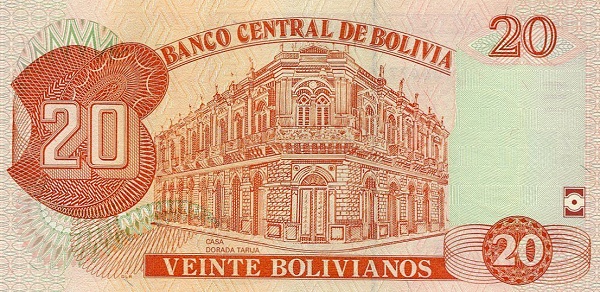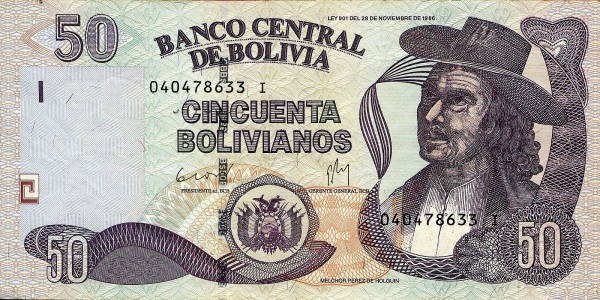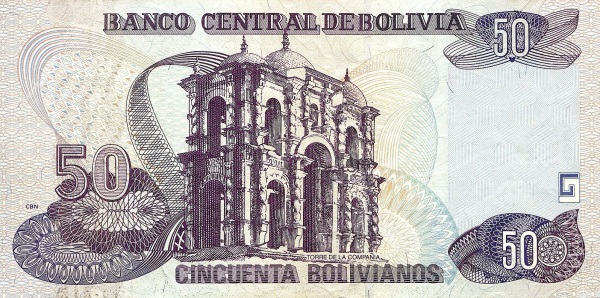Exploring the Rich Tapestry of Bolivia
Bolivia, a captivating landlocked country nestled in the heart of South America, showcases a fascinating blend of cultures, history, and breathtaking landscapes. This remarkable nation once formed a significant part of the ancient Inca Empire, leaving an indelible mark on its cultural heritage. The aftermath of the War of the Pacific from 1879 to 1884 saw Bolivia lose its coastline, rendering it one of the two landlocked states in the continent. Today, the country shares borders with Argentina, Brazil, Chile, Paraguay, and Peru, each contributing to its diverse culture.
A Territory of Enormous Proportions
Occupying a sprawling area of 1,098,581 square kilometers (424,164 square miles), Bolivia is approximately twice the size of Spain. Remarkably, it is also slightly less than three times the size of the U.S. state of Montana. With such a vast expanse, Bolivia boasts an incredibly varied topography, which features the majestic Andean mountain range that spans roughly one-third of the entire country. This altitude creates diverse climates, resulting in varied ecosystems, from tropical rainforests in the northern part to the arid altiplano in the south.
A Rich and Diverse Population
As of 2021, Bolivia's population stands at around 11.8 million people, with indigenous groups comprising nearly two-thirds of this number. The country serves as a vibrant melting pot of cultures, evidenced by the wide array of languages spoken. Spanish holds the status of the official language, alongside indigenous languages such as Aymara, Quechua, and Guaraní. Notably, Bolivia recognizes a staggering total of 34 native languages, each contributing to the country’s cultural diversity and richness.
Captivating Capitals: La Paz and Sucre
One of the unique features of Bolivia is its designation as a nation with two capitals. La Paz, officially known as Nuestra Señora de La Paz, serves as the seat of the government. On the other hand, Sucre holds the title of the legal capital and serves as the location for the judiciary. This dual-capital status reflects Bolivia's complex history and illustrates a broader narrative within the fabric of its governance.
A Glimpse into Historical Context
The very name Bolivia pays tribute to the independence fighter Simón Bolívar, who played a crucial role in the nation’s liberation from Spanish colonial rule in 1825. Since gaining independence, Bolivia has experienced a tumultuous history characterized by nearly 200 coups and counter-coups. These political upheavals have deeply affected the nation, challenging leadership and governance.
Transitioning Towards Stability
In the 1980s, Bolivia witnessed the emergence of comparatively stable democratic civilian rule. Nevertheless, leaders have continually grappled with significant challenges, including persistent poverty, social unrest, and issues related to drug production. To confront these challenges, the current government aims to attract foreign investment, enhance the education system, continue privatization initiatives, and engage actively in anti-corruption campaigns. The efforts represent a commitment to securing a brighter future for the Bolivian people.
The Enigmatic Landscapes of Bolivia
Bolivia's diverse geography includes captivating sites like Salar de Uyuni, the world's largest salt flat, which attracts tourists from around the globe. This natural wonder shines with an ethereal beauty, particularly after rainfalls, when it transforms into a giant mirror reflecting the sky. Meanwhile, Lake Titicaca, the highest navigable lake in the world, holds cultural significance for indigenous communities, steeped in myths and traditions.
Flora and Fauna of Bolivia
Bolivia's ecological wealth is astonishing. From the Amazon rainforest teeming with wildlife to the high-altitude plains, the country is home to many unique species, including the cute Andean condor and the intriguing pink river dolphin. Additionally, the biodiversity in national parks like Madidi is remarkable, with thousands of plant and animal species that have yet to be fully documented. This vast untouched wilderness presents a treasure trove for researchers and nature enthusiasts alike.
The Cultural Tapestry of Bolivia
The vibrant culture of Bolivia is evident in its music, dance, and festivals, which reflect the country's rich indigenous heritage. Celebrations such as Inti Raymi, the Festival of the Sun, honor ancient traditions and foster a strong connection to their ancestral roots. Bolivian cuisine also offers a delightful exploration, with dishes like salteñas and anticuchos showcasing a blend of Spanish and indigenous influences. The flavors are as diverse as its people, capturing the essence of a nation that embraces its rich history while looking toward the future.
Education and Development Initiatives
In response to historical inequalities and social disparities, Bolivia’s government emphasizes education as a critical driver of change. Schools are increasingly accessible to indigenous children, aiming to bridge the cultural and educational gaps. By enhancing educational opportunities, the government hopes to create a new generation of informed and capable citizens who can contribute to national progress.
Challenges Ahead
Despite the country’s natural and cultural riches, Bolivia stands at a crossroads. The threats of climate change pose significant risks to its ecosystems, which could have far-reaching impacts on the livelihoods of its people. Moreover, addressing social inequalities remains a pressing challenge for policymakers. Strengthening governance and fostering inclusive growth are vital areas to ensure a sustainable future for all Bolivians.
The Future of Bolivia
In conclusion, Bolivia encapsulates a rich tapestry woven from history, culture, and natural beauty. As this captivating nation continues to navigate the complexities of modern governance and social reform, it holds vast potential. By fostering unity amid diversity, Bolivia can not only honor its storied past but can also pave the way for a brighter, more inclusive future for generations to come.
Largest cities of: Bolivia
| City Name | Population | Year of foundation | |
| Sucre | 300,000 | 1538 | |
| Santa Cruz | 1,750,000 | 1540 | |
| El Alto | 800,000 | 1985 | |
| La Paz | 764,000 | 1548 | |
| Cochabamba | 600,000 | 1571 |
Bolivia: Money
